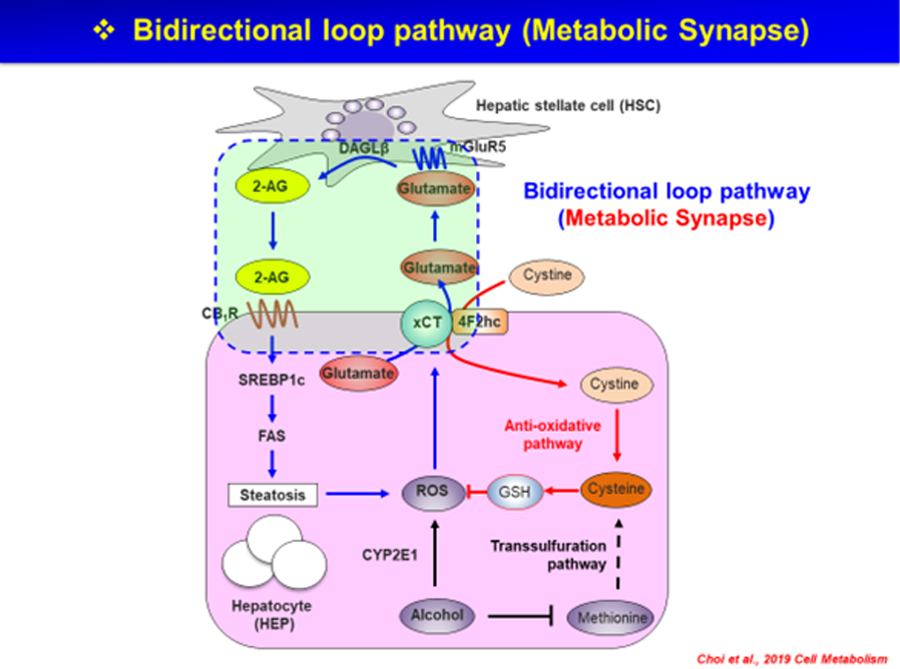Figure 2. A ‘bidirectional metabolic synapse’ between hepatocytes and hepatic stellate cells (HSC) mediates endocannabinoid-induced de novo lipogenesis.

Chronic alcohol consumption induces CYP2E1-mediated production of reactive oxygen species (ROS) by hepatocytes, which is compensated by glutathion (GSH) generation through the uptake of cystine, mediated by the cystine-glutamate antiporter xCT. The parallel release of glutamate stimulates metabolic glutamate receptor-5 (mGluR5) on hepatic stellate cells (HSC) to produce 2-arachidonoyl glycerol (2-AG). 2-AG then activates CB1R on adjacent hepatocytes to induce de novo lipogenesis by inducing the lipogenic transcription factor SREBP-1c and the lipogenic enzyme fatty acid synthase (FAS).
Reproduced from Choi et al., Cell Metabolism, 30:877–889, 2019.
